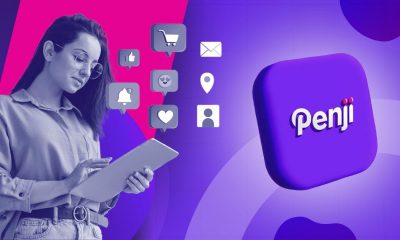Business
A Practical Guide for B2B Video Marketing for 2023
Published
3 years agoon

With the rise of remote jobs and virtual events in recent years, video has become a key channel for businesses to connect with potential customers. However, creating compelling video content requires a different approach than traditional B2C marketing. Let’s talk about why you should invest in B2b video marketing, along with tips, the latest trends, and strategies to elevate your video marketing strategy.
What is B2B Video Marketing?
B2B video marketing creates content specifically designed to promote B2B businesses. It fuels lead generation and engagement with a corporate audience. In the fast-paced world of B2B marketing, creating video content can take time and effort. Instead of targeting a single person, the focus can be on multiple decision-makers. This means you’ll have to convince more than one person that your product or service suits their business.
Why is B2B Video Important?

Video content marketing is surprisingly flexible. Videos are no longer considered something for training or internal sales communication. Today, they are vital for a company’s goals and objectives. So, in B2B marketing, video is the best way to build trust and impress clients. B2B video is important for the following reasons:
- Video content builds brand awareness and credibility. By creating high-quality, informative videos that showcase your company’s expertise, you can establish yourself as a thought leader in your industry.
- Video engages your audience. It can captivate your audience’s attention and keep them entertained longer than text or images alone.
- Videos can be used to demonstrate the benefits of your products or services. By showing your offerings in action, you can help prospective clients understand how they can solve their pain points.
- Video content Increases website traffic. Embedding videos on your website can help to increase website traffic. This is because videos can keep visitors on your site longer, improving your search engine rankings.
- Lastly, video facilitates sales. The footage provides informative, engaging videos that address common customer pain points. This can help you guide potential customers through the sales funnel and eventually close more deals.
Three Tips To Jumpstart Your B2B Video Marketing Strategy
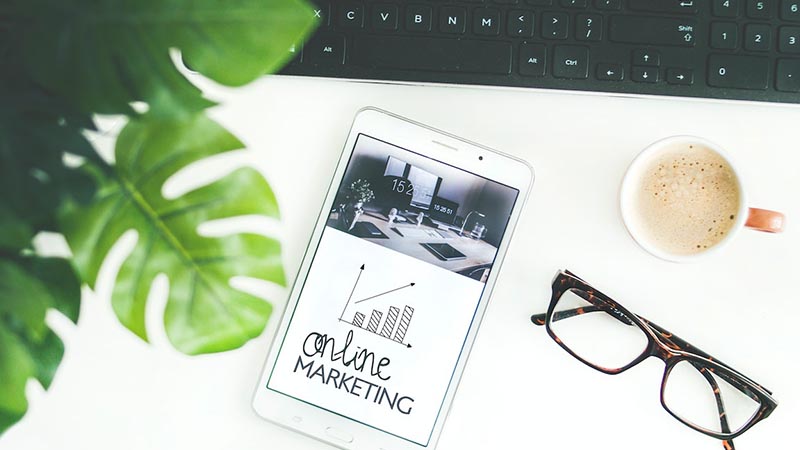
The groundwork of marketing is research. Understanding the target audience and brand research helps take the tasks out of your marketing campaign. It is because a data-driven B2B video marketing strategy will allow you to serve your customers better.
1. Find your Niche
Finding your target niche, regardless of your business type, is crucial. Companies that grow quickly as specialists in a specific area when they are in the right niche. Learning how to become an industry expert requires a healthy amount of research. Becoming a specialist makes marketing much more manageable–as you know who to focus on, their needs, and how to encourage them.
2. Know your Target Market
Remember that the golden rule of marketing is knowing your target market. You’ll be lost if you don’t understand your customers’ needs. Knowing the age, location, pain points, and other factors can help develop buyer personas.
3. Define Clear Goals
A marketing campaign with clearly defined goals has greater potential for success. Identify your key success metrics, build reports to track them, and ensure the entire team works towards the same purpose.
The Common Types of B2B Marketing Videos
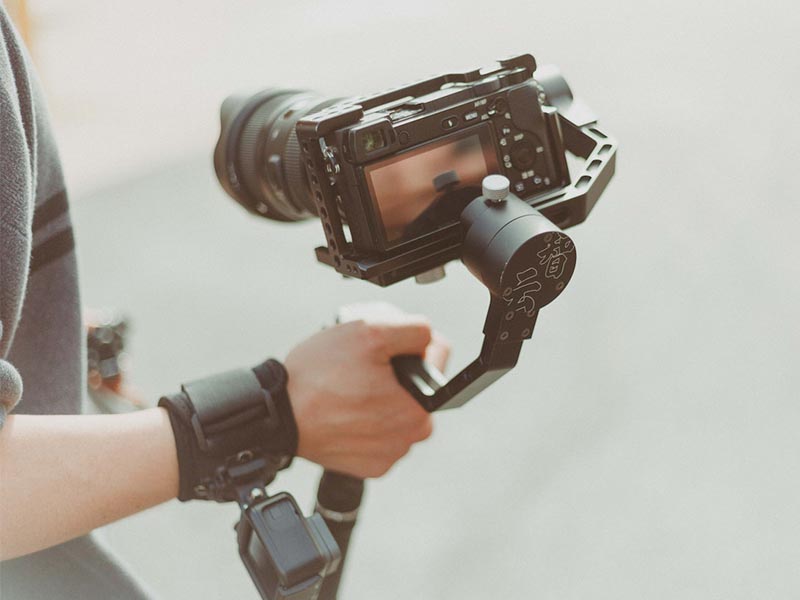
1. Explainer Videos
An explainer video is a short, engaging video that explains a concept, idea, product, or service in a simple and easy-to-understand manner. The video typically uses animated graphics, narration, and sound effects to convey the message.
Explainer videos are commonly used by businesses and organizations to introduce their products or services to potential customers, explain how their product works, or communicate complex ideas in a simple and entertaining way. These videos can also be used to train employees or to promote a brand.
2. Crowdfunding Videos
A crowdfunding video is a short promotional video created by a person or organization to raise funds to develop their product. The video typically tells the story behind the project, showcases the product or service, and highlights the benefits of contributing to the campaign. Some critical elements of a successful crowdfunding video include a clear and compelling pitch, an engaging story, high-quality visuals, and a call to action (CTA).
3. Launch Video
Launch videos are unique promotional content start-ups, and young companies use to showcase their products. These B2B marketing videos help set the tone for how viewers see products or services. Some key features of a launch video include a clear and concise message, a strong CTA, and high-quality visuals.A launch video can help you increase your brand’s visibility, attract new customers, and drive sales.
4. Product Demos
Product demonstration videos give serious buyers an in-depth look at a product or service’s features and benefits. This B2B marketing video type is more common when the product price is higher and the decision-making time frame is longer.
Product demo videos can be created using various production techniques such as live-action footage, animation, or a combination. They should be customized to fit the brand’s style and target audience and should be created to convert viewers into customers.
5. Customer Testimonial Videos
A customer testimonial is a promotional video featuring real customers sharing their experiences and opinions about a product or service. The video is typically used in a more extensive marketing campaign to build trust and credibility with potential customers.
Customer testimonial videos are designed to provide social proof that the product or service being offered is valuable and practical. They should be engaging, visually appealing, and effectively communicate the customer’s positive experience.
Conclusion
There you go. We’ve provided some tips and strategies for B2B video marketing. This article will help you formulate a comprehensive roadmap for maximizing the benefits of your B2B video content. We’ve also provided the most common types of video that you can adopt to maximize the impact of your B2B video marketing strategy.
You may like
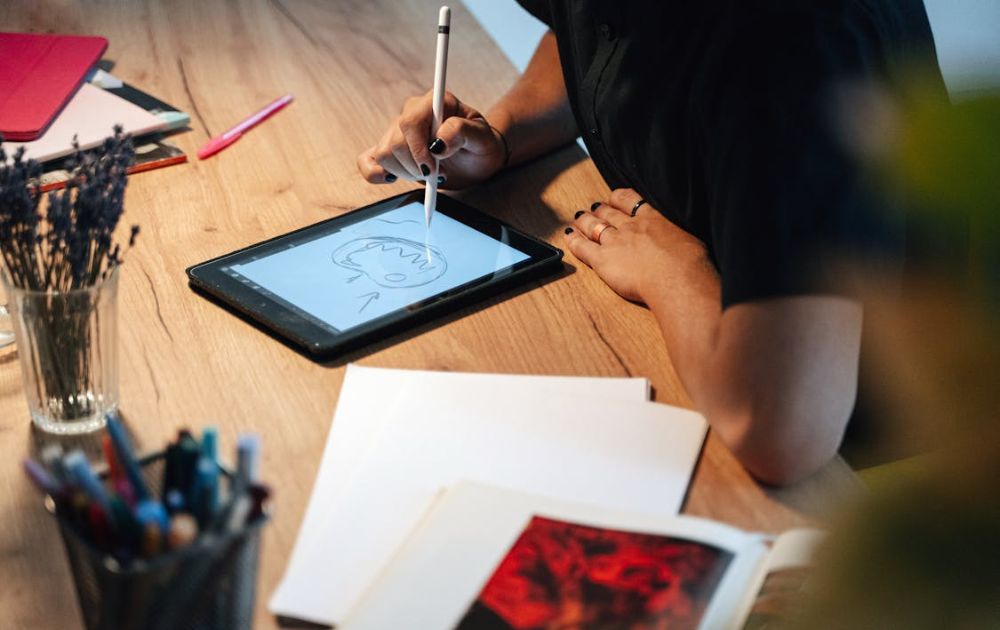
Graphic design subscription services like No Limit Creatives are popular among small businesses to get quick and quality designs. If you’re looking for No Limit Creatives alternatives, there is a chance that you found No Limit Creatives is not a good fit for your graphic needs. This is understandable! Perhaps the designs weren’t up to par, the turnaround was too slow or the customer support just wasn’t there.
The good news is that there are alternatives to design services that communicate better, are more flexible, and provide designs that feel more like your own brand. Therefore, here’s a list of the best alternatives to No Limit Creatives.
Penji — Best Overall Alternative
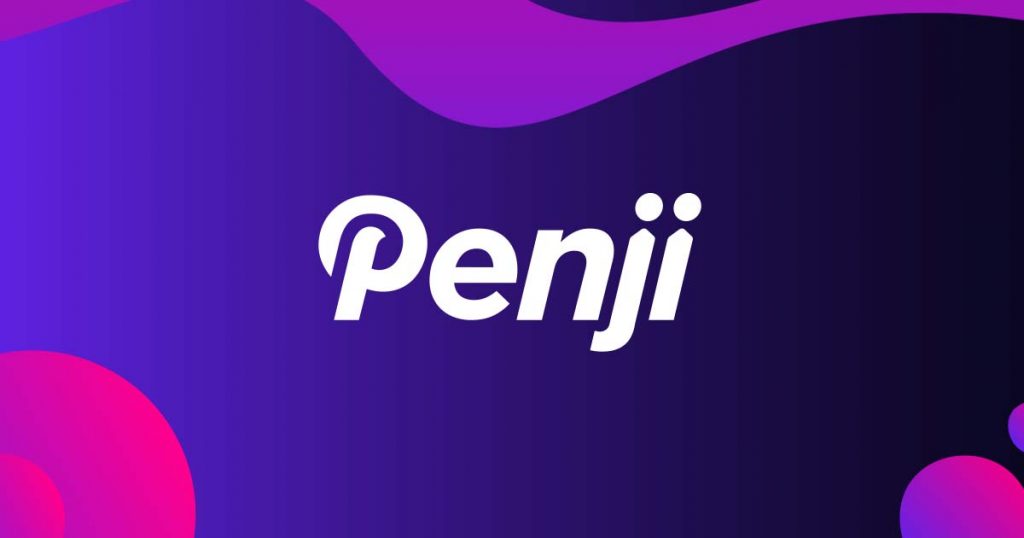
If you’re looking for a reliable graphic service from start to finish, Penji is a great alternative. Penji significantly improves upon the things that No Limit Creatives lacks in comparison — turnaround time, user dashboard experience, and offers a consistent designer who helps your brand over time.
Why it Stands Out:
The biggest problems with No Limit Creatives are slow turnaround and the designs lack brand cohesion. With Penji, you get consistent communication, consistent pricing and over 120 different types of designs without all the hassle.
Pros:
- Quick turnaround time (24-48 hours)
- A designer learns your style
- Easy user dashboard
- Consistent monthly pricing with no hidden fees
- 120+ types of designs (ads, branding, web, social and more)
Cons:
- No communication through chatting with the designers
- No video/animation capability
GraphicsZoo — Best for Revision and Version Tracking
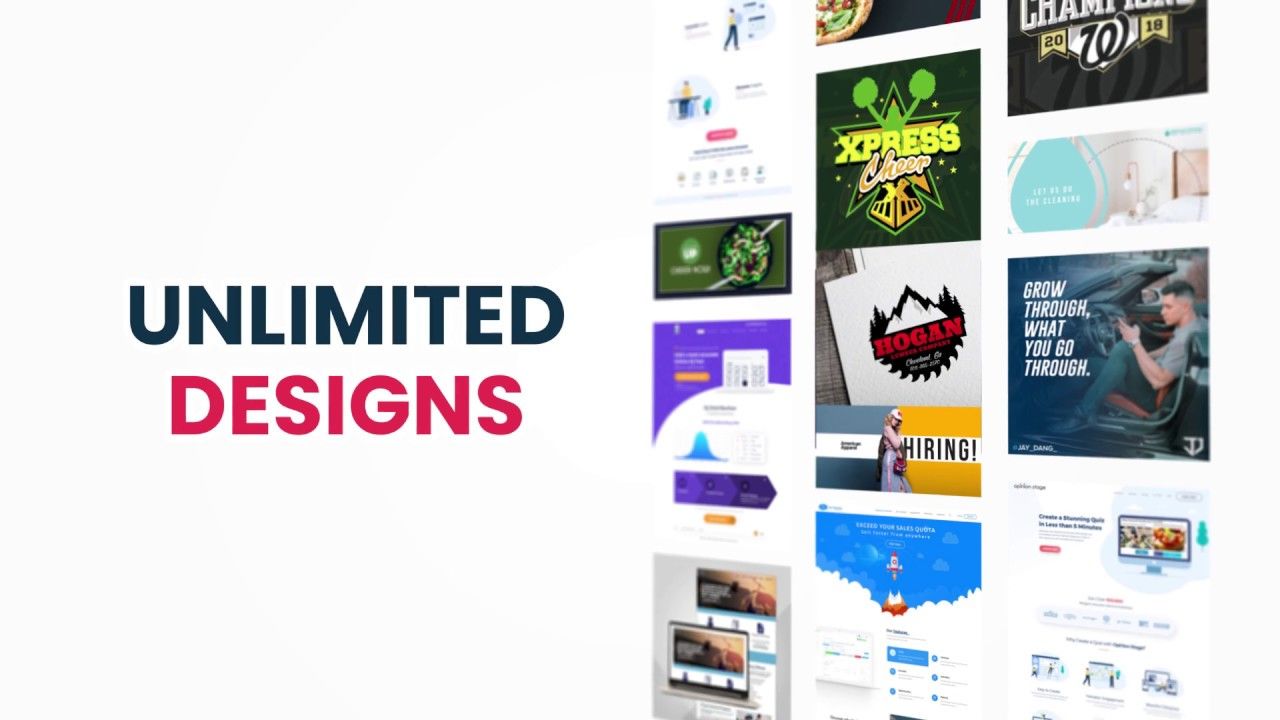
GraphicsZoo is a good alternative if you want more say in your revisions and need brand consistency across the board. GraphicsZoo can help version track easily, making team collaboration simple.
Why it Stands Out:
If you’re struggling getting changes made or keeping things on brand, GraphicsZoo gives you the tools necessary to do so.
Pros:
- Tracks versions and revisions in detail
- Team collaboration made easy
- Dedicated Design Team
Cons:
- Turnaround may vary depending on order
- Interface could be more modern
Content Beta — Best for SaaS and Tech Brands
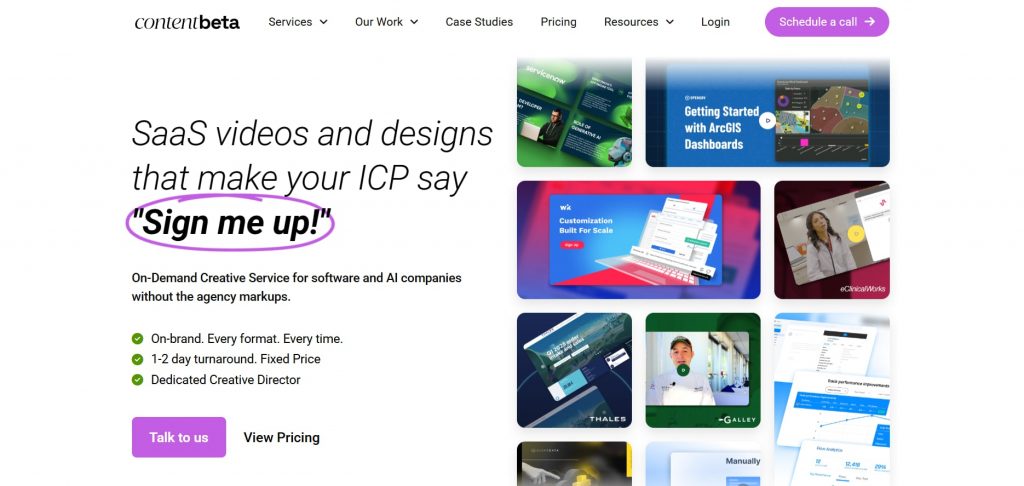
If you’re a software or tech company that needs more modern design visual offerings like product explainer videos, UI design mockups, and onboarding videos then Content Beta works best for you. Unlike No Limit Creatives who primarily focuses on graphics, Content Beta specializes in design and video.
Why it Stands Out:
If you’re working on product videos, app UI, or anything tech related, this is the choice for specialized help.
Pros:
- UI/UX combined services
- Great for explainer videos of products
- Video/design in one package
Cons:
- Non-ideal for basic branding or print materials
- Could be costly for smaller teams
SmartSites — Best for Marketing + Design Services
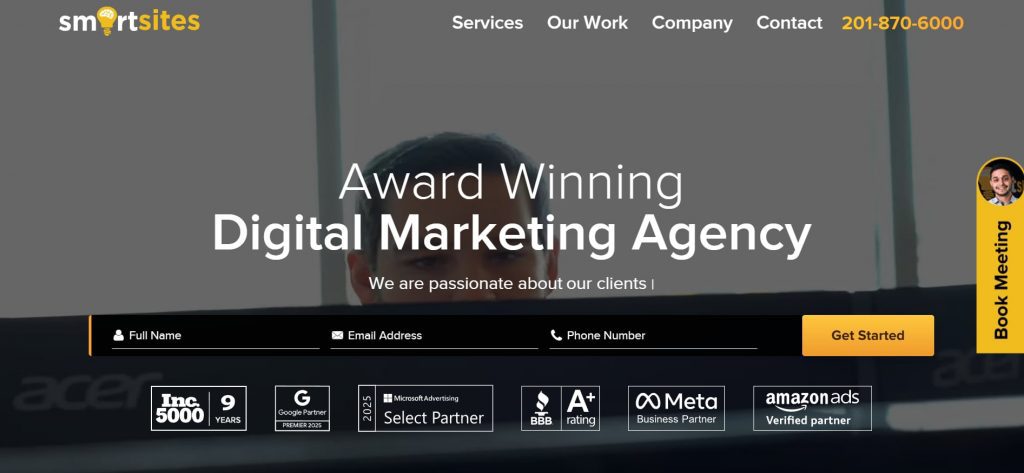
SmartSites is a marketing agency first and foremost. They provide SEO/PPC/web services along with graphic design so if you’re looking for heavy assistance in creative strategies as well as marketing brands and messaging, SmartSites is a suitable match.
Why it Stands Out:
If you want design solutions with tangible marketing results, then SmartSites provides you the growth potential to back it up.
Pros:
- Agency full-service: design/se0/PPC/web solutions
- Good for branding long haul
- A lot of strategic thinking help
Cons:
- Not unlimited graphic designs subscription program
- Should avoid if you only need design work
Business
What’s the Best Graphic Design Service for Startups
Published
3 days agoon
October 30, 2025By
Flore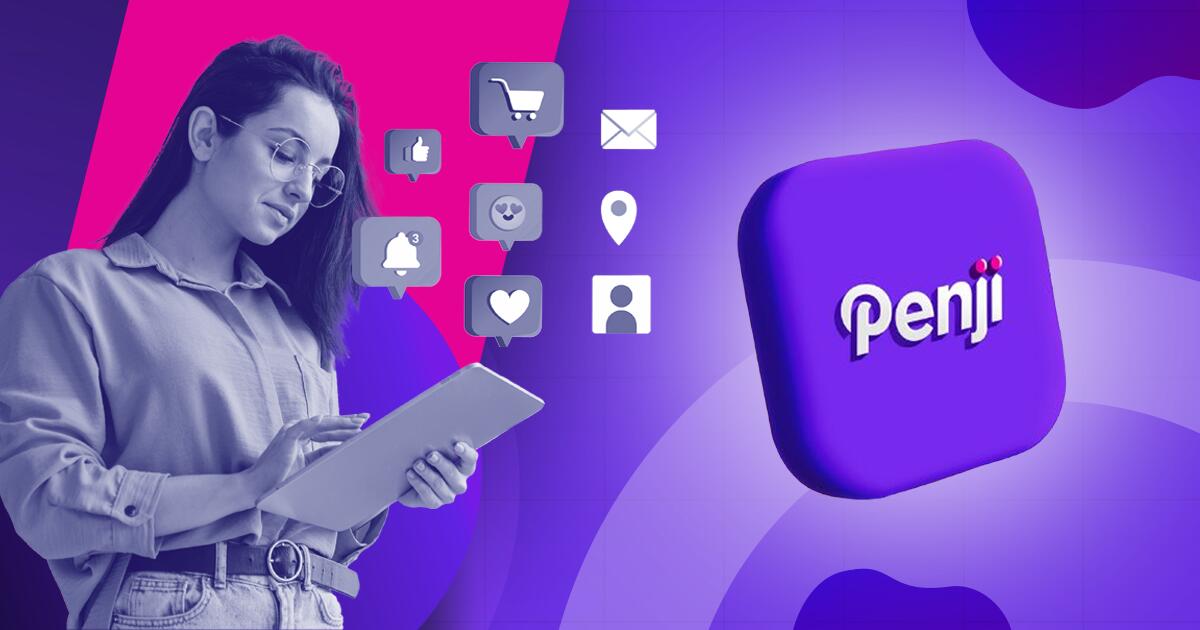
TLDR: Penji is the best graphic design service for startups because you get unlimited designs, 24-48 hour turnarounds, and flexible pricing that won’t drain your budget. Unlike premium agencies or inconsistent freelancers, Penji scales with your startup.
The best graphic design service for startups is Penji. For $499/month, get unlimited design requests delivered in 24-48 hours with a dedicated team that understands startup urgency. No contracts, no per-project fees, just reliable design support.
Startups burn through design work fast. One week, you need social posts. Next week, you’re updating your pitch deck. Then suddenly, you need a one-pager for investors. Freelancers cost too much per project, and full-time designers? Not in the budget yet. Here’s the graphic design service for startups that comes in, giving you unlimited work for predictable monthly costs.
Top Design Services Startups Actually Use
1. Penji
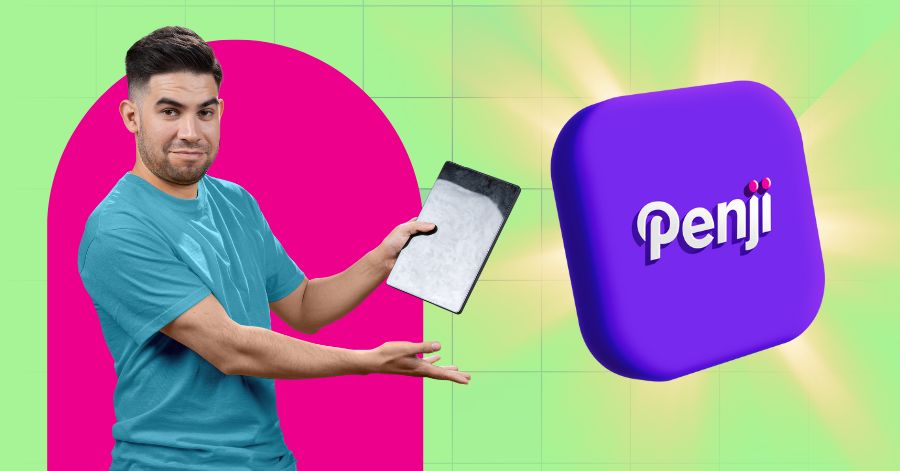
When you’re hunting for the best graphic design service for startups, you need speed, variety, and affordability all at once. Penji nails all three. Their design as a service platform gives you unlimited designs for $499/month with 24-48 hour turnarounds.
Why Penji works so well for startups:
They handle everything. Logos, pitch decks, social campaigns, you name it. No per-project charges. Your monthly rate stays flat whether you submit two requests or twenty.
Your dedicated team at Penji learns your brand fast. They remember your preferences for future projects instead of treating every request like the first time.
The creative support scales from simple graphics to complete brand guides. You don’t get forced into higher pricing tiers when your needs grow.
No contracts. You can pause when cash is tight and restart when you’re ready. Perfect for unpredictable startup budgets.
Startups choose Penji when they need graphic design services that match their pace without the agency price tag.
2. Superside
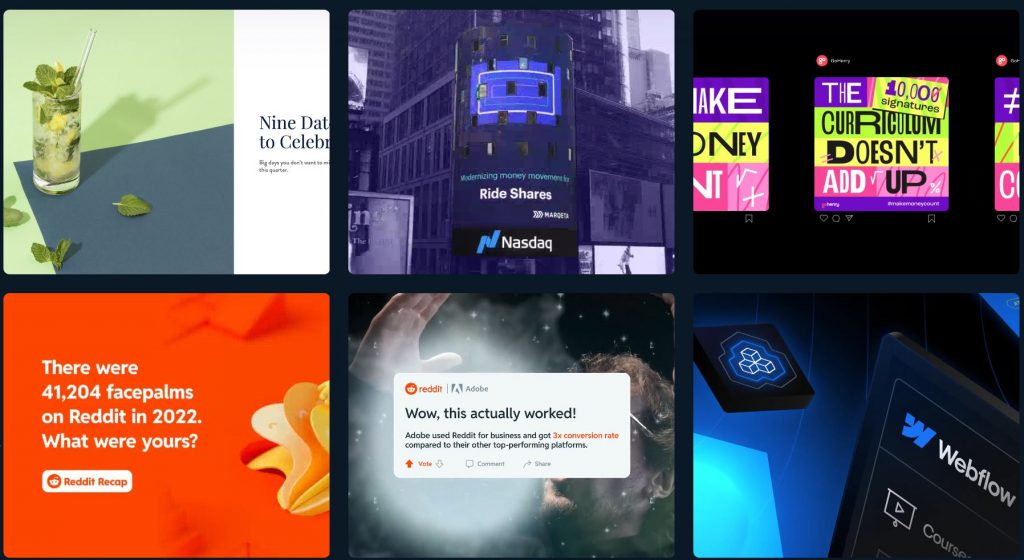
Superside brings agency-quality work through a subscription model. They’re great if you’ve raised significant funding and need premium creative for major campaigns. But plans start around $3,000-$5,000 monthly. Too steep for most early-stage startups.
3. Kimp
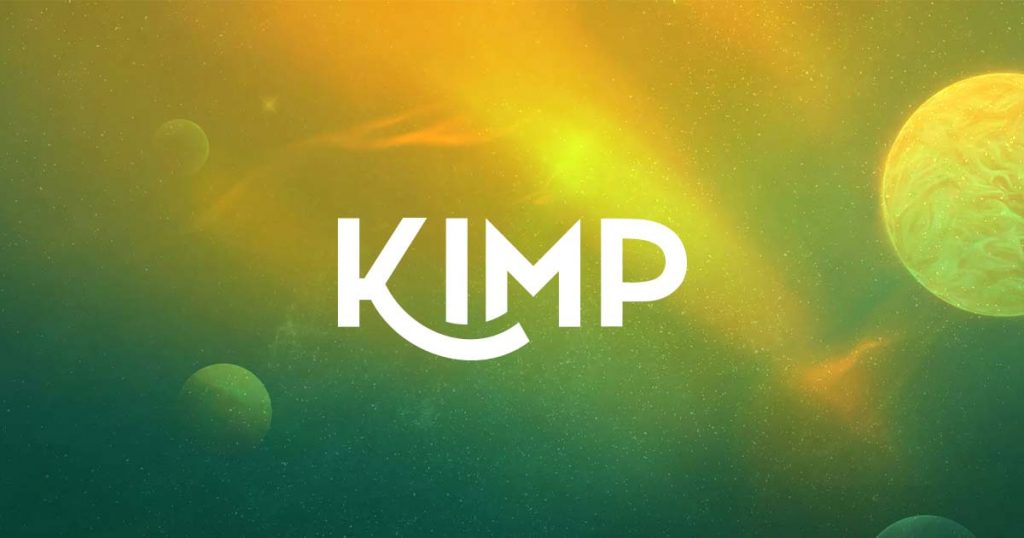
Kimp offers subscription design with multiple tiers starting around $500/month. They’re decent for basic needs. The catch? Turnaround times can stretch to 48-72 hours, and their design variety feels more limited than what Penji offers.
Conclusion
The best graphic design service for startups matches your speed and budget without compromise. Penji’s graphic design services handle everything from quick social posts to complex branding work. All for one flat monthly rate that makes financial planning actually possible.
Get Design Support That Moves at Startup Speed
Try Penji today and see why thousands of startups trust them for unlimited design work. Get your first project delivered in 48 hours.
Frequently Asked Questions
Why is Penji better than hiring a freelancer?
Freelancers charge per project and often have slow turnarounds. Penji gives you unlimited designs for one flat monthly rate with 24-48 hour delivery. No chasing invoices or waiting for availability.
How much does Penji cost compared to other services?
Penji starts at $499/month for unlimited designs. Superside costs $3,000-$5,000 monthly. Quality freelancers charge $100-$200 per project, which adds up fast when you’re launching.
Can I get revisions with Penji?
Yes. Unlimited revisions are included in your monthly subscription. Keep requesting changes until the design is exactly what you need.
Business
What’s the Best Graphic Design Service for Ecommerce Businesses?
Published
3 days agoon
October 29, 2025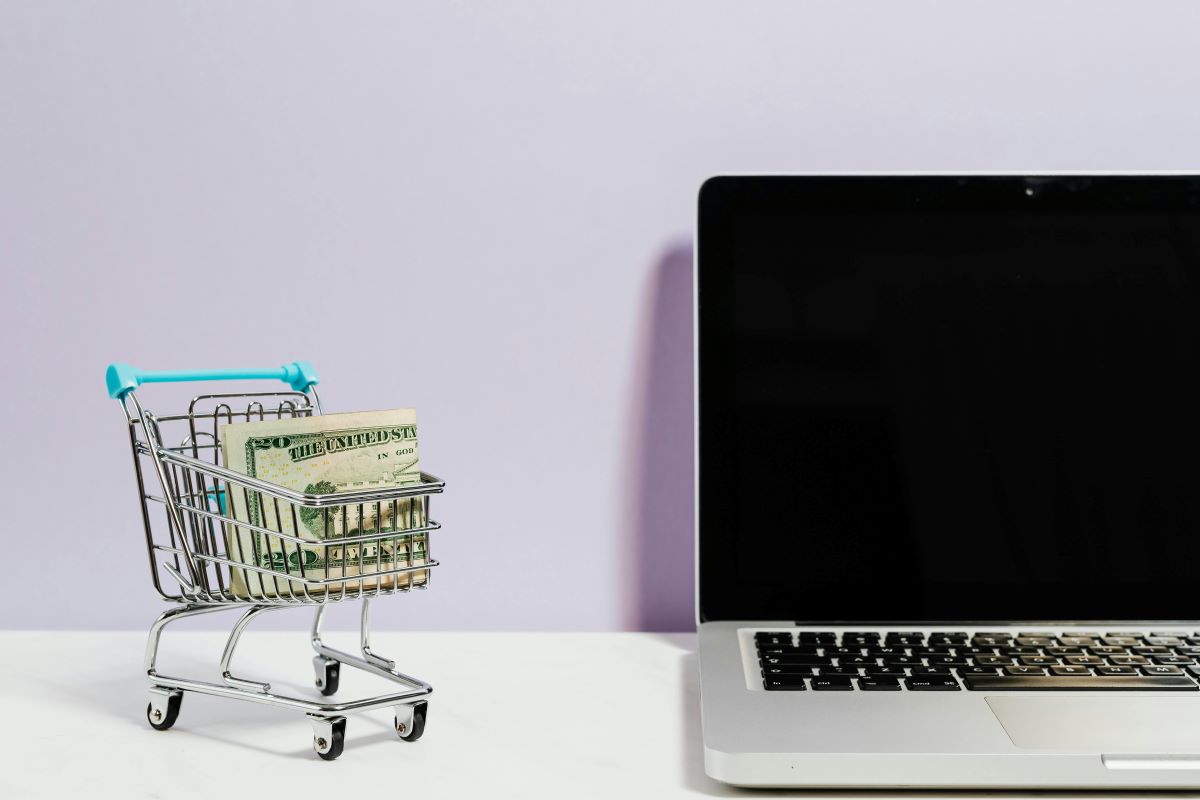
Graphic design is a huge part of managing an ecommerce business. It attracts prospects and website visitors, builds a strong brand identity, and establishes authority and credibility. If you want your brand to possess all these, you need to explore these five best graphic design services for e-commerce businesses:
Penji

A leading name in the graphic design subscription landscape, Penji offers unlimited graphic design and revisions for a flat monthly rate. This allows ecommerce businesses to get all the landing pages, ad creatives, product packaging, and other visuals they need without breaking the bank. Penji also offers a quick turnaround time of 24 to 48 hours, making it ideal for multiple product launches or regular email campaigns.
Flocksy
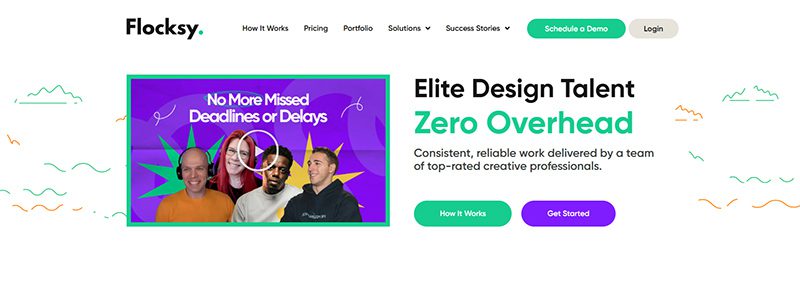
Boasting a team of designers, writers, and video editors, Flocky is an excellent option for ecommerce businesses looking for a reliable design partner. Like Penji, it delivers within 24 to 48 hours with fixed-rate pricing plans. Also included in the plans are unlimited revisions, so you can get the exact designs you need.
ManyPixels
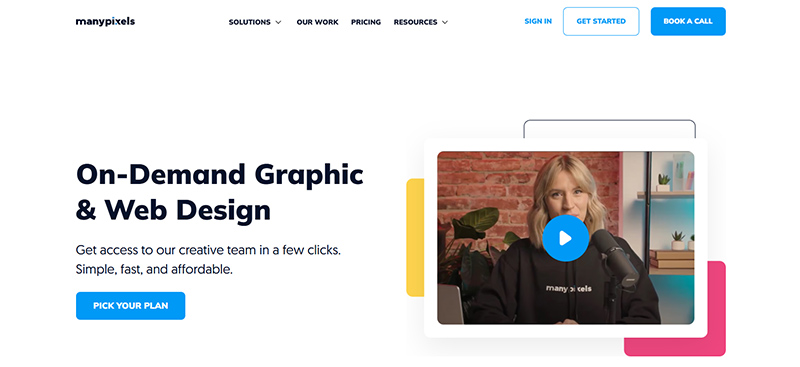
Another graphic design subscription platform that’s built for ecommerce businesses, ManyPixels lets you send as many design requests as you can in a month. Its higher-tier plans match you with a dedicated designer to provide consistent visual assets for your online store.
Duck.Design
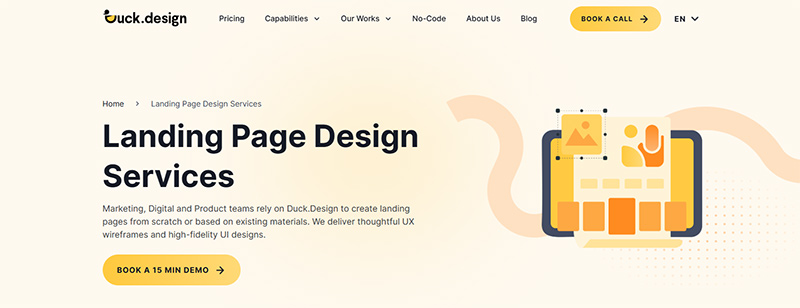
Whether your business is on Amazon, Shopify, or DTC (direct-to-consumer), Duck.Design is an excellent graphic design service for ecommerce businesses. It also offers unlimited graphic design services for flat monthly rates. Like ManyPixels and Penji, it delivers in 1 to 2 business days.
DotYeti

A rising start in the unlimited graphic design landscape, DotYeti is well-suited for ecommerce businesses looking for quality, fast, and affordable designs. You can send requests for infographics, packaging design, landing page designs, ad creatives, and many more.

What’s the Best No Limit Creatives Alternatives?

What’s the Best Graphic Design Service for Startups

What’s the Best Graphic Design Service for Ecommerce Businesses?

What’s the Best Fiverr Alternatives?

What’s the Best Superside Alternatives today?

What are the Best Canva Alternatives for Designers and Marketers?
What’s the Best Design Pickle Alternative?

What are the Best Canva Alternatives for Designers and Marketers?

What’s the Best Superside Alternatives today?

What’s the Best Fiverr Alternatives?

What’s the Best Graphic Design Service for Startups

What’s the Best Graphic Design Service for Ecommerce Businesses?


